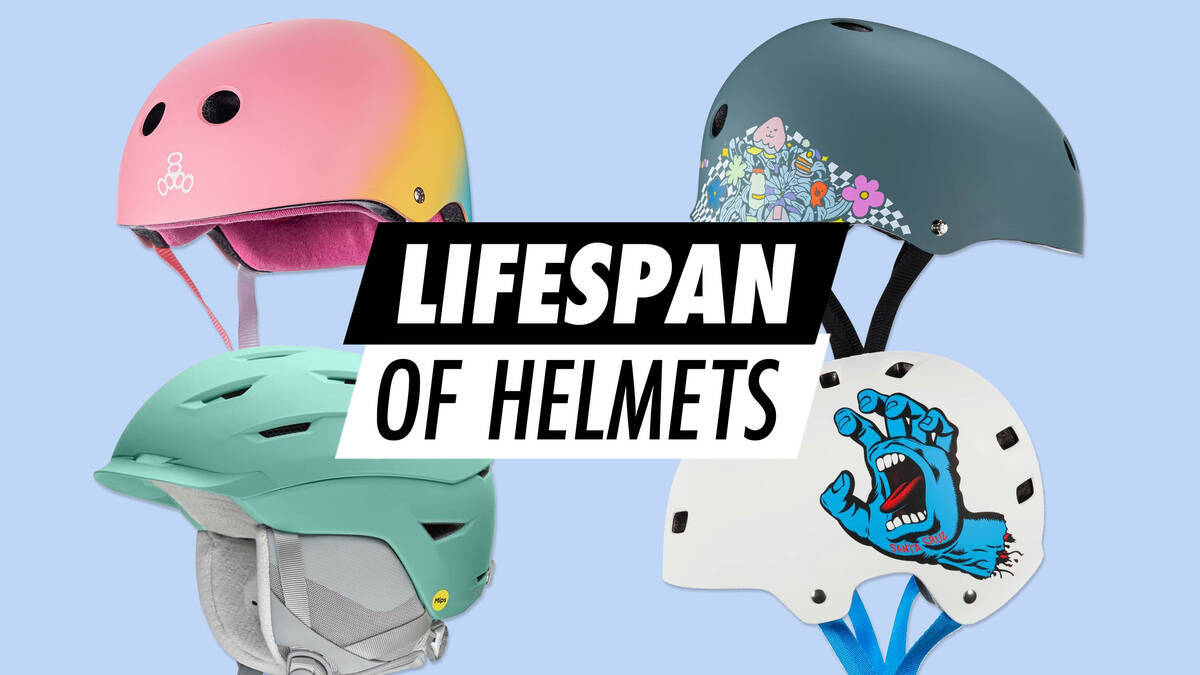Helmet Longevity

It's crucial to get a new helmet if it shows any cracks or dents, ensuring that the buckle, straps, and possibly adjustable sizing system remain solid.
Helmets—whether for cycling or skating—aren’t designed to last indefinitely. Monitoring for wear and damage is essential, as these factors diminish the helmet's protective capacity.
When is it Time to Replace My Helmet?
Following a substantial impact, all cycling or skate helmets should be replaced, even without visible damage. Internally, the helmet might be compromised, invisible to the naked eye. Sweat can degrade the foam, critical for shock absorption. Any wear or cracks in this foam mean it’s time to get a new helmet.
Replacing your helmet every five years is recommended with regular use.
Additionally, as children outgrow their gear, ensuring the helmet still fits properly and offers adequate protection is vital.
How Can I Check My Helmet?
If you answer yes to any of these questions, it indicates that your cycling or skating helmet is in poor condition and needs replacing.
- Are there cracks, scrapes, or dents on the outer shell? Investigate the outer shell. If there’s discolouration, it might mean UV radiation and wind exposure have weakened the plastic, necessitating a replacement.
- Does the inner shell show signs of cracking or aging? Flip the helmet over, remove the padding, and inspect the inner shell.
- Are the buckles and straps malfunctioning? Check that the buckles snap together correctly and the straps remain intact.
- Is adjusting the size-adjustable system difficult? Some helmets include a rear rotary buckle for personalized sizing. If it fails to work efficiently, the helmet should be replaced.
